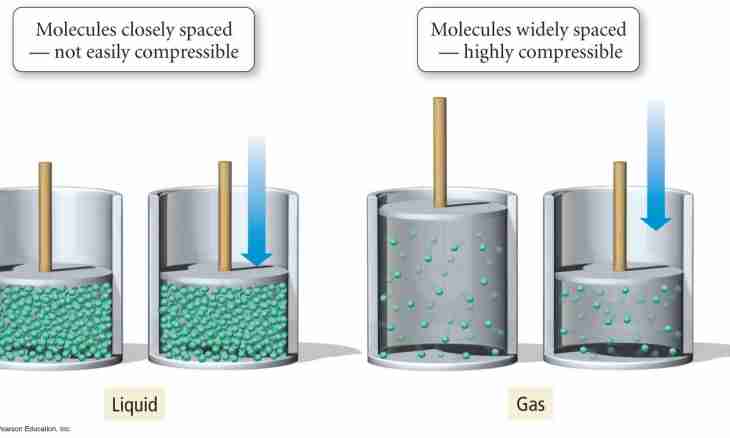There are situations when it is necessary to calculate the mass of the liquid which is contained in any capacity. It can be also during the educational occupation in laboratory, and during the solution of a household problem, for example, at repair or painting.
Instruction
1. The simplest method is to resort to weighing. At first weigh capacity together with liquid, then pour liquid in other capacity suitable by the sizes and weigh an empty container. And then it is necessary only to subtract from bigger value smaller, and you receive the answer. Certainly, it is possible to resort to this way, only dealing with nonviscous liquids which after a modulation practically do not remain on walls and the bottom of the first capacity. That is, some quantity also then will remain, but it will be so a little that it can be neglected, it will almost not affect the accuracy of calculations.
2. And if liquid viscous, for example, glycerin? How then to determine its weight? In this case you should know its density (ρ) and the occupied volume (V). And further everything is already elementary. Weight (M) is calculated on formula M = ρV. Certainly, before calculation it is necessary to transfer factors to the uniform system of units.
3. Density of liquid can be found in the physical or chemical reference book. But it is better to use the measuring device – the densitometer. And volume can be calculated, knowing a form and overall dimensions of capacity (if it has the correct geometrical form). For example, if the same glycerin is in a cylindrical barrel with a diameter of the basis of d and height of h, then the volume of a barrel is calculated on a formula: πd^2h/4.
4. Let's assume, to you such task is set. During the laboratory experiment, the liquid the mass of m which is in the capacity of a calorimeter and having thermal capacity with was heated from the initial temperature of t1 to the final temperature of t2. The amount of heat equal to Q was spent for this heating. What mass of this liquid?
5. All sizes, except m, are known, losses of heat during the experiment can be neglected. In calculation there is nothing difficult at all. It is only necessary to remember the formula connecting the amount of heat, mass of liquid, its thermal capacity and a difference in temperatures. It is as follows: Q = mc(t2-t1). Therefore, the mass of liquid is calculated on a formula: m = Q/c(t2-t1). Having substituted sizes known to you in a formula, you easily calculate the mass of liquid m.
